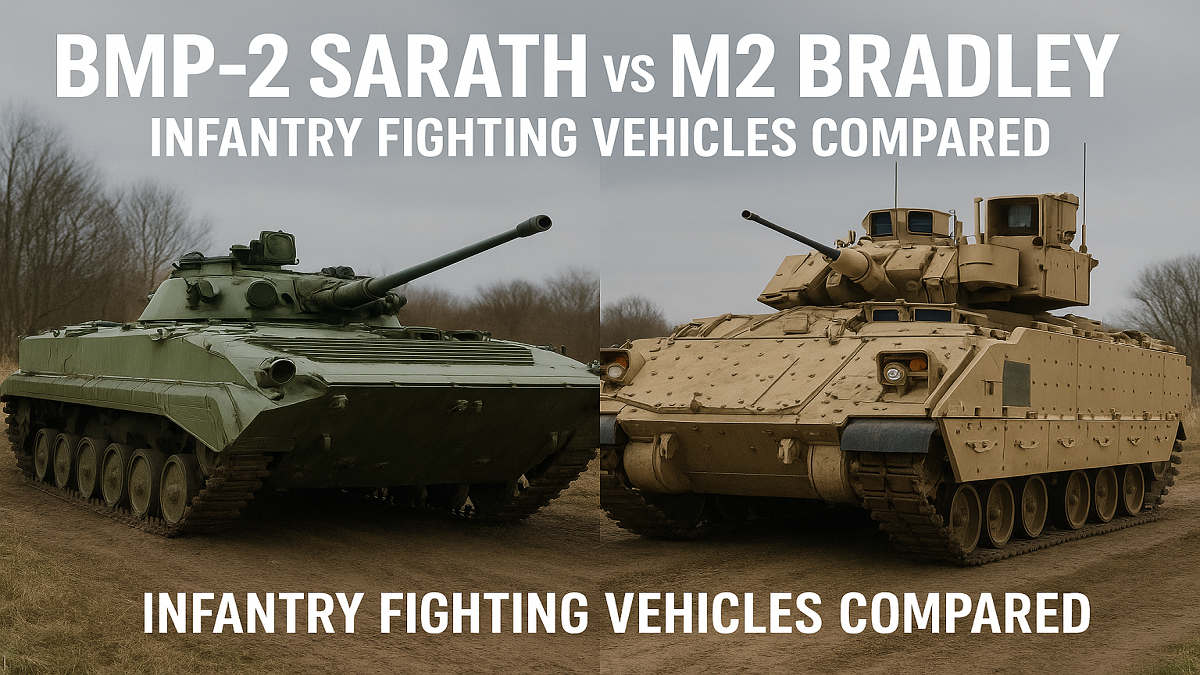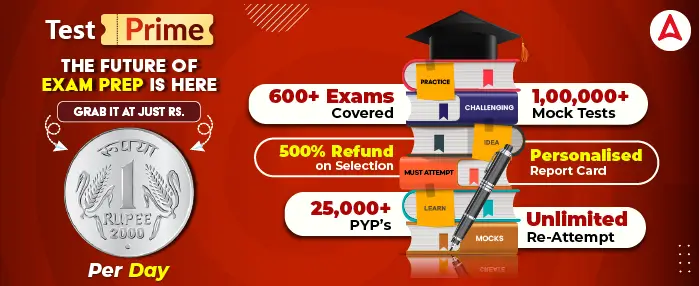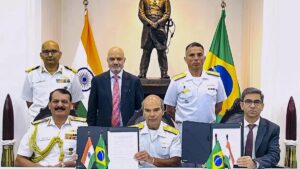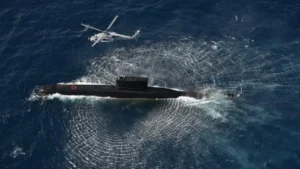Infantry Fighting Vehicles (IFVs) play a vital role in modern warfare by combining troop mobility with firepower and armor protection. Among the most well-known IFVs are the BMP-2 Sarath, used primarily by India, and the M2 Bradley, deployed by the United States. This comparison explores their design, capabilities, armament, protection, mobility, and battlefield performance.
Introduction to Infantry Fighting Vehicles
IFVs are designed to transport infantry into battle while offering direct-fire support. Unlike armored personnel carriers (APCs), IFVs are equipped with heavier weapons and are expected to engage enemy forces directly.
BMP-2 Sarath: India’s Workhorse IFV
Origin and Background
The BMP-2, originally developed in the Soviet Union, is now produced under license in India as the BMP-2 Sarath by the Ordnance Factory Medak. It has served as the backbone of the Indian Army’s mechanized infantry since the 1980s.
Key Features
- Crew: 3 (Commander, Gunner, Driver) + 7 troops
- Weight: ~14.3 tons
- Engine: Diesel, 300 hp
- Top Speed: 65 km/h (road)
- Range: 600 km
Armament
- 30mm 2A42 autocannon
- 7.62mm coaxial PKT machine gun
- ATGM launcher (Konkurs or Milan missiles)
Protection
- Aluminum and steel armor
- Resistant to small arms fire and artillery splinters
- Amphibious capability with minimal preparation
M2 Bradley: The American Powerhouse
Origin and Development
The M2 Bradley was developed in the United States in the 1980s by BAE Systems to complement and support the M1 Abrams tank. Designed for survivability and digital warfare, it has been extensively modernized since its introduction.
Key Features
- Crew: 3 (Commander, Gunner, Driver) + 6 troops
- Weight: ~30.4 tons (varies by variant)
- Engine: 600 hp diesel engine
- Top Speed: 66 km/h (road)
- Range: 400 km
Armament
- 25mm M242 Bushmaster chain gun
- 7.62mm M240C coaxial machine gun
- TOW anti-tank missile launcher (range up to 3,750 m)
Protection
- Composite armor with add-on packages
- Includes explosive reactive armor (ERA) on newer versions
- NBC (Nuclear, Biological, Chemical) protection
- Fire suppression systems and spall liners
Head-to-Head Comparison
| Feature | BMP-2 Sarath | M2 Bradley |
|---|---|---|
| Origin | India (licensed Soviet design) | United States |
| Weight | ~14.3 tons | ~30.4 tons |
| Main Gun | 30mm 2A42 autocannon | 25mm M242 Bushmaster |
| Missiles | Konkurs/Milan ATGM | TOW anti-tank missiles |
| Crew + Troops | 3 + 7 | 3 + 6 |
| Armor | Light steel/aluminum | Composite with optional ERA |
| Mobility | High (better amphibious) | Moderate (more armor = less agility) |
| Combat Role | Infantry transport and support | Infantry support with anti-armor role |
| Battlefield Use | Counter-insurgency, high mobility ops | High-intensity warfare, networked ops |
Battlefield Performance and Use
BMP-2 Sarath
Widely used in Indian counter-insurgency and border operations, the Sarath’s lighter weight allows greater tactical mobility. However, its lighter armor makes it more vulnerable in high-intensity conflict zones.
M2 Bradley
The M2 Bradley has seen extensive combat in Iraq and the Gulf War, proving its effectiveness in combined arms warfare. Its superior armor and electronics give it an edge in survivability, but at the cost of speed and transport logistics.
Which One is Better?
The comparison comes down to mission requirements:
- BMP-2 Sarath is ideal for light, mobile warfare, border patrol, and amphibious operations.
- M2 Bradley excels in heavy conflict zones where protection and firepower are priorities.
Each IFV is effective in its own doctrine—India’s focus on mobility and terrain agility vs. the U.S. emphasis on protection and networked combat.



 India and Brazil Sign Tripartite MoU on ...
India and Brazil Sign Tripartite MoU on ...
 Indian Navy to Commission INAS 335 (Ospr...
Indian Navy to Commission INAS 335 (Ospr...
 Indian Navy to Commission First Indigeno...
Indian Navy to Commission First Indigeno...







